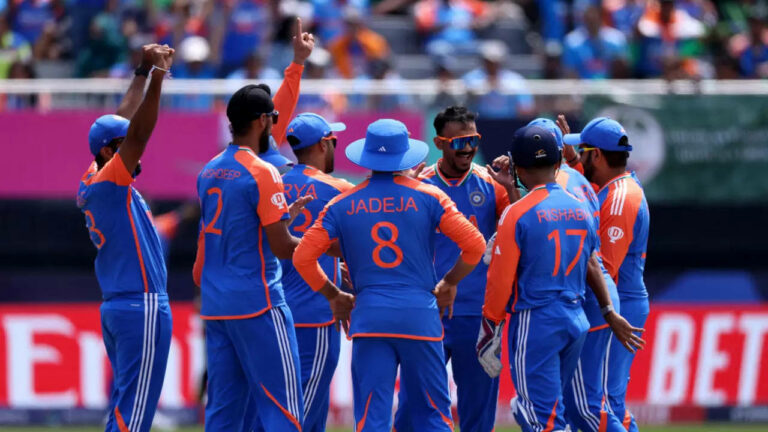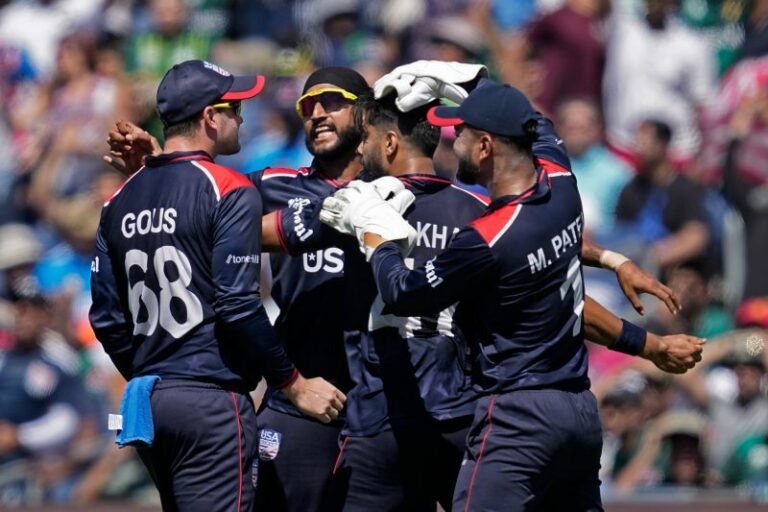Cricket’s Contribution to Technological Innovation
Play99exch, Allpaanel: Hawk-Eye technology is one of the major innovations in cricket. It uses multiple cameras to track the ball’s trajectory, delivering accurate decisions on lbw appeals and close catches, providing both players and fans with crucial insights during matches. This technology has revolutionized the game by reducing human errors and adding a new layer of precision to umpiring decisions.
Another significant technological advancement is the use of LED stumps and bails, enhancing the visibility of these critical components in the game. These light-up wickets have improved the accuracy of run-out decisions, allowing for quick and efficient rulings on close calls. By incorporating these innovations, cricket has embraced modern technology to maintain the integrity and fairness of the sport.
Evolution of Cricket Equipment Technology
In the realm of cricket, equipment technology has experienced remarkable advancements over time. From the traditional wooden bats and leather balls to the modern-day composite materials and high-tech manufacturing processes, the evolution of cricket gear has been truly transformative. The quest for better performance, enhanced durability, and player safety has been the driving force behind the continuous innovation in cricket equipment.
Bats now feature innovative designs with lightweight materials that provide greater power and control to the batsmen. Similarly, balls are crafted using cutting-edge technology to maintain shape and seam under varying conditions, ensuring consistent performance throughout the game. The evolution of protective gear has also been crucial, with advancements in materials and design offering maximum safety without compromising comfort and mobility for the players on the field.
Role of Sensors and Data Analytics in Cricket
In modern cricket, the integration of sensors and data analytics has revolutionized the way the game is played and analyzed. With the use of advanced technology, players and coaches can now gather real-time data and insights to improve performance and decision-making on the field. These sensors can be integrated into various cricket equipment such as bats, gloves, and even clothing to collect crucial data that can enhance players’ training and overall game strategies.
Data analytics plays a crucial role in cricket by providing detailed statistical analysis of player performance, team dynamics, and match situations. Coaches and analysts can use this data to identify strengths and weaknesses, formulate game plans, and make informed decisions during matches. By leveraging the power of data, cricket teams can gain a competitive edge and enhance their overall performance on the field.







